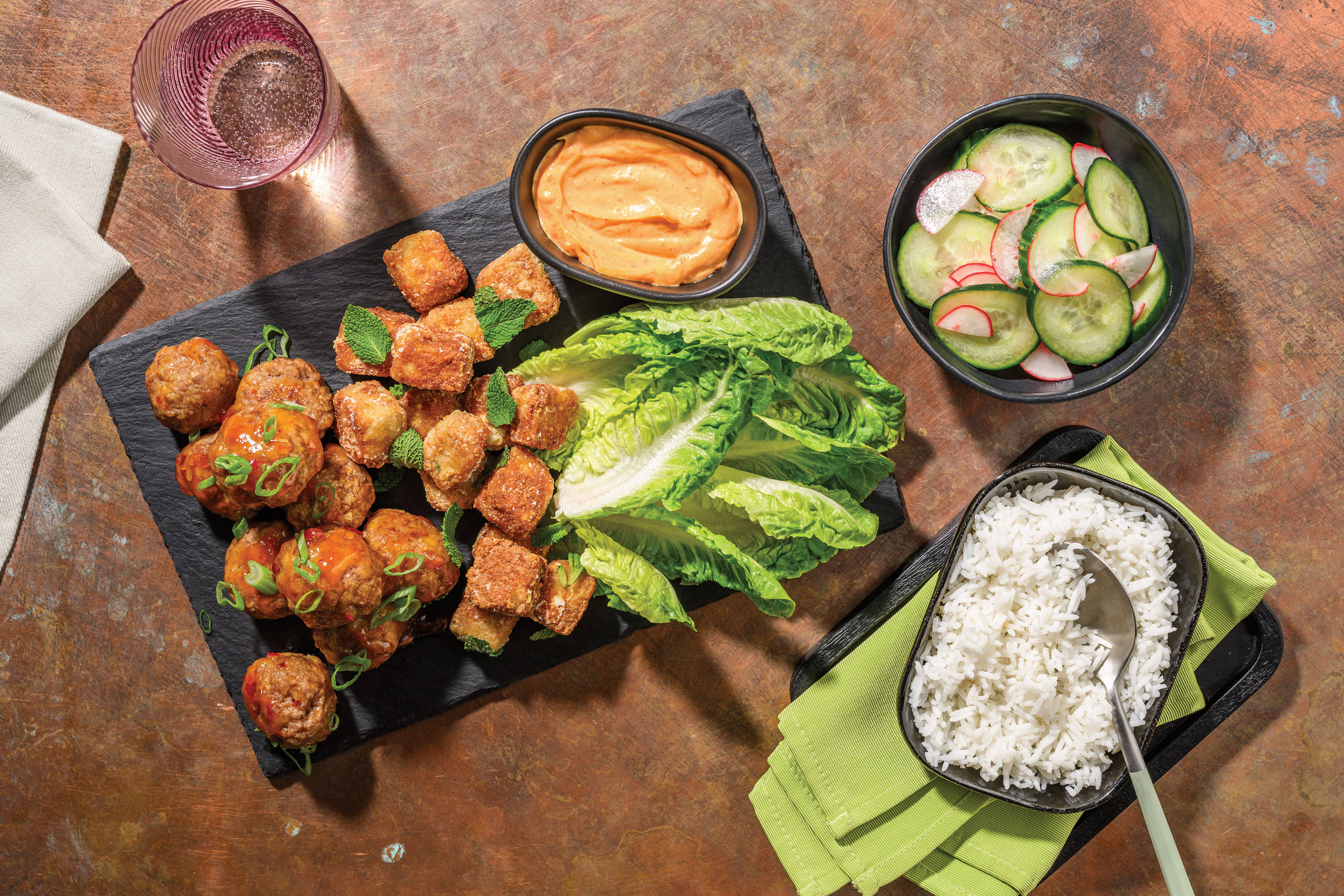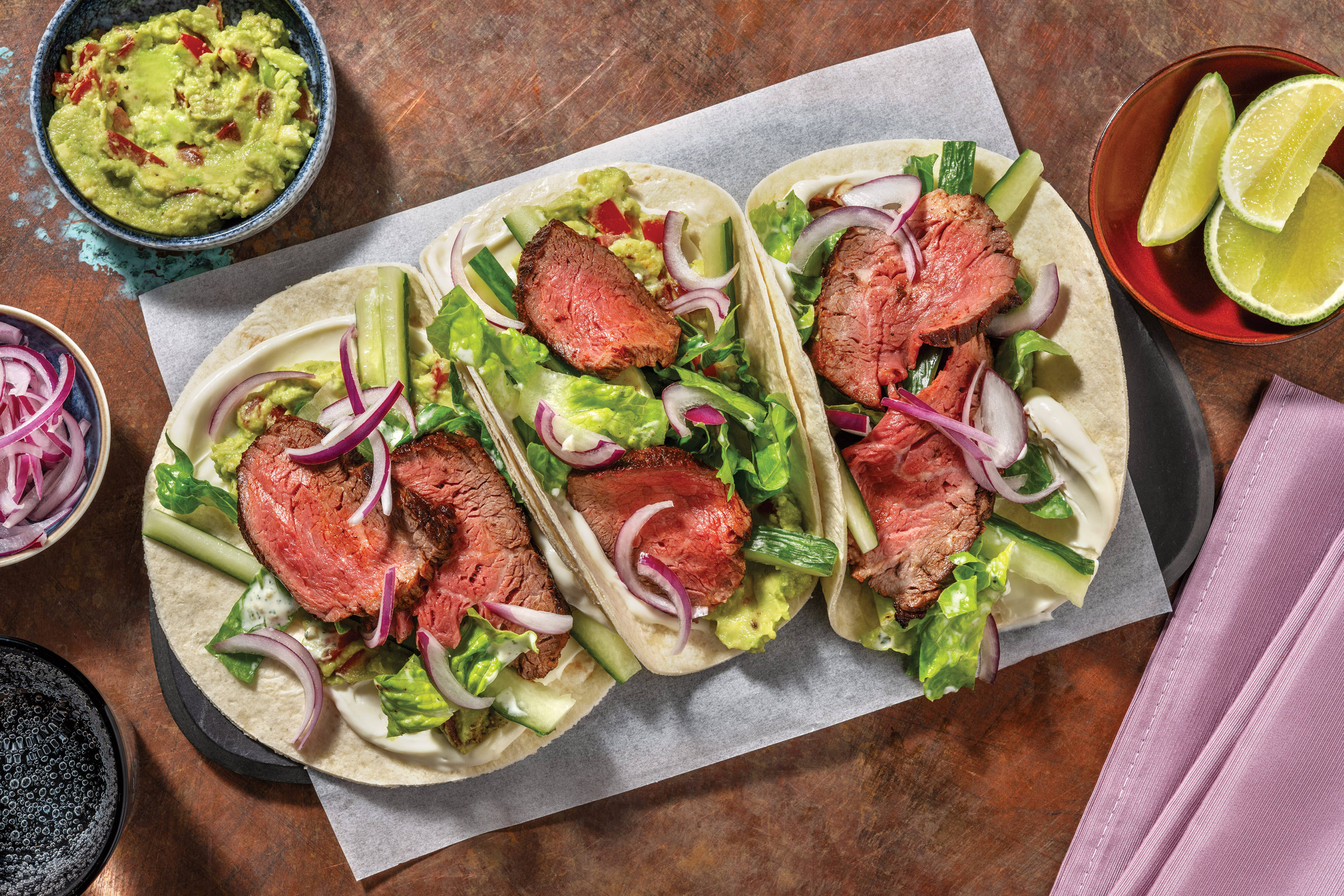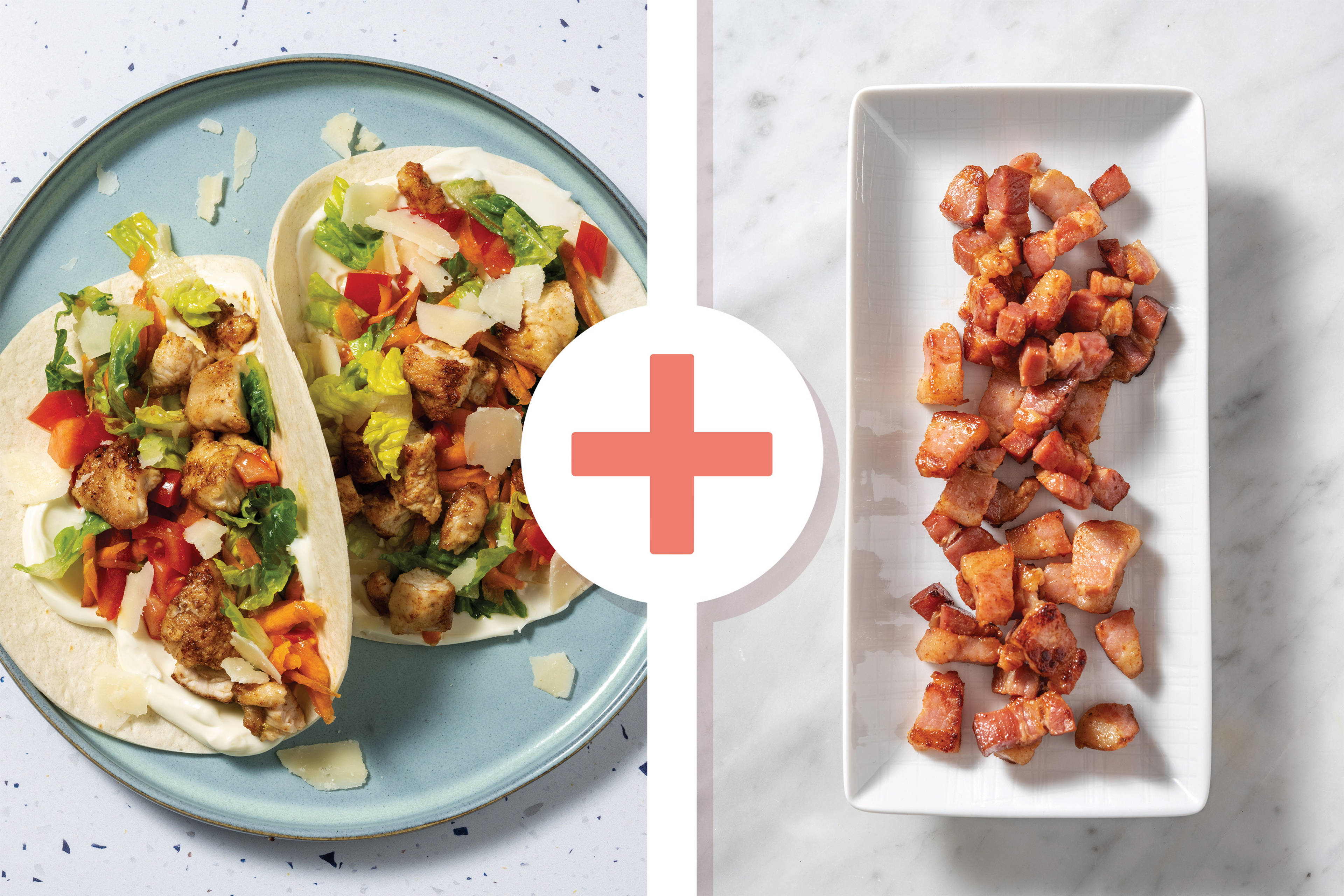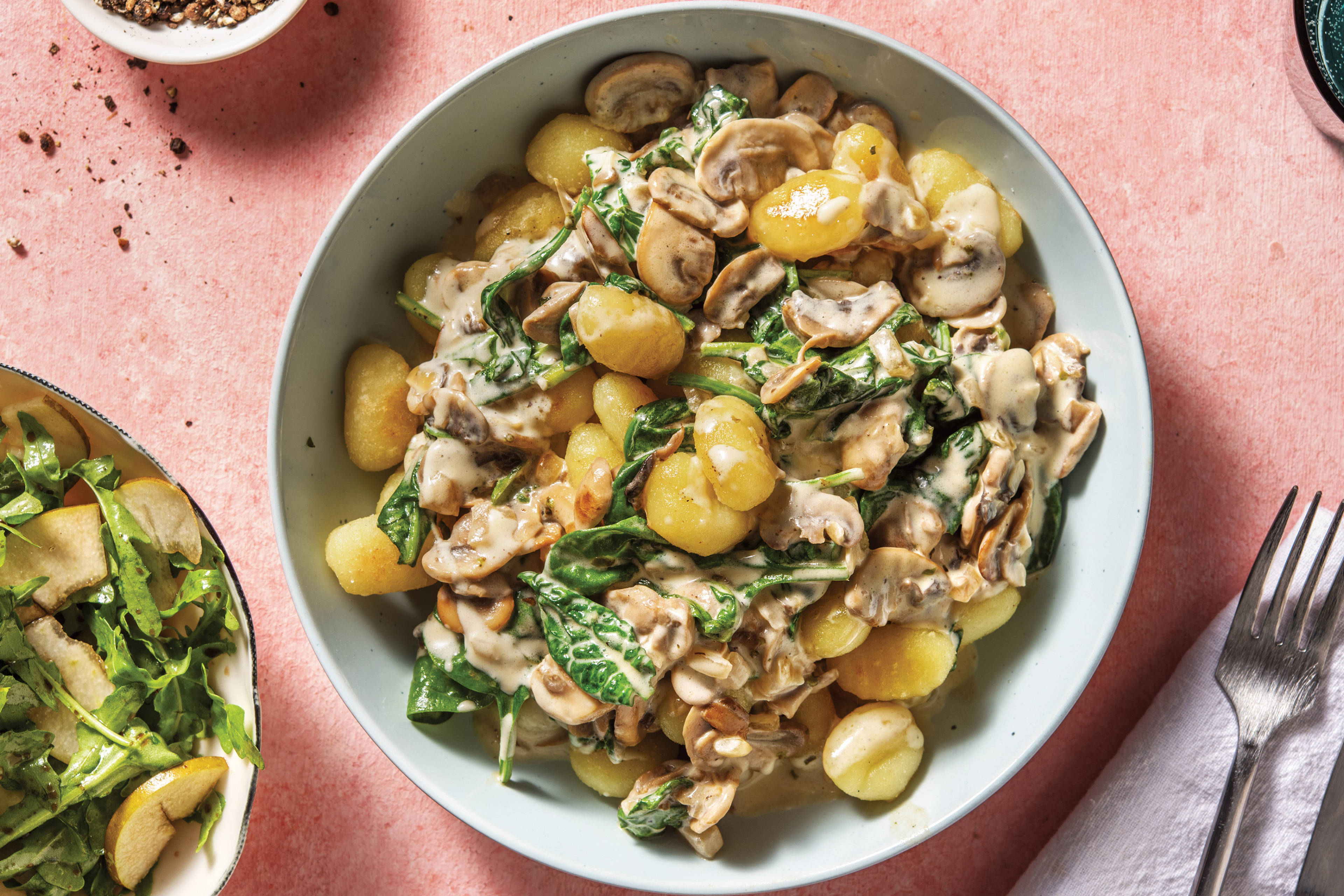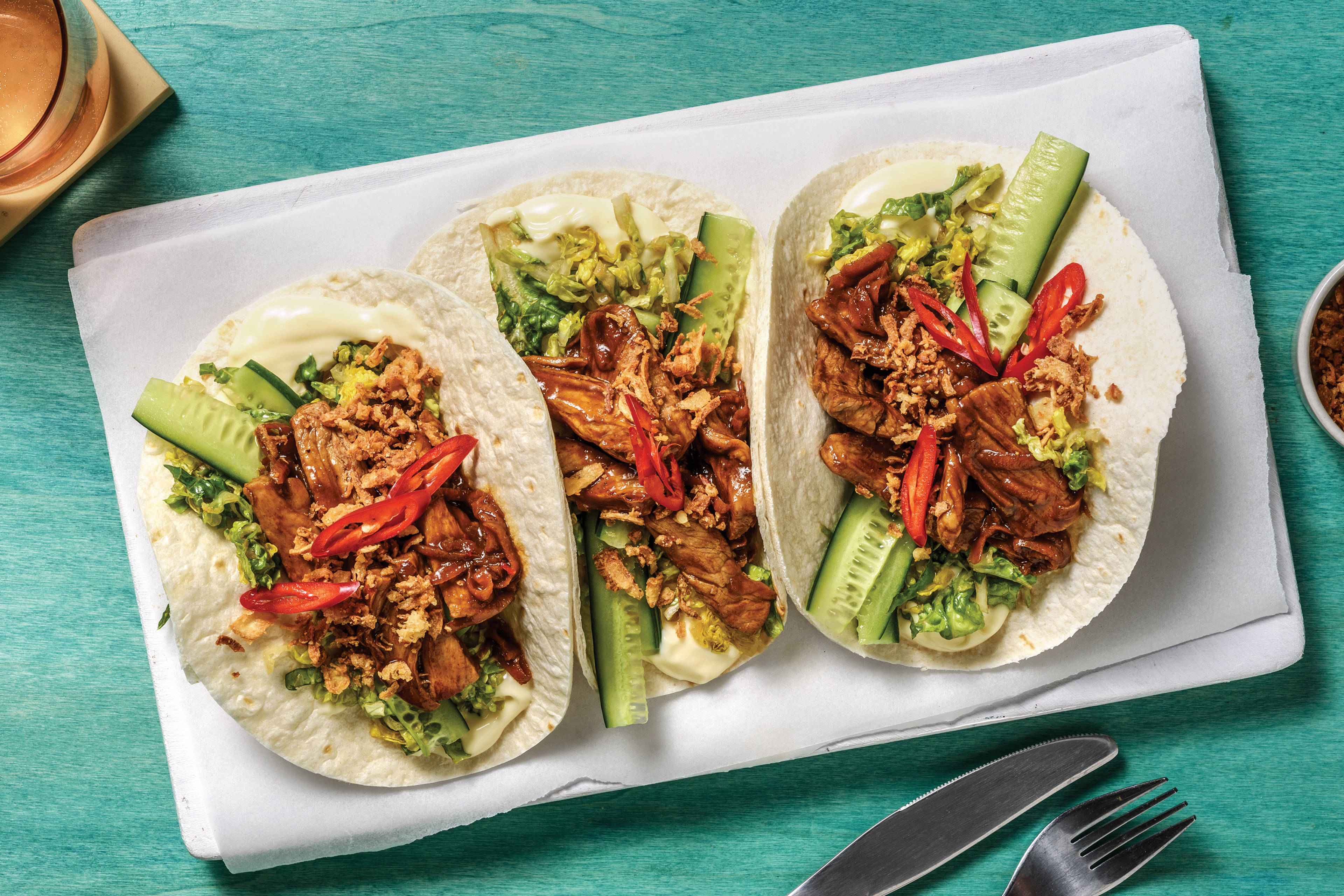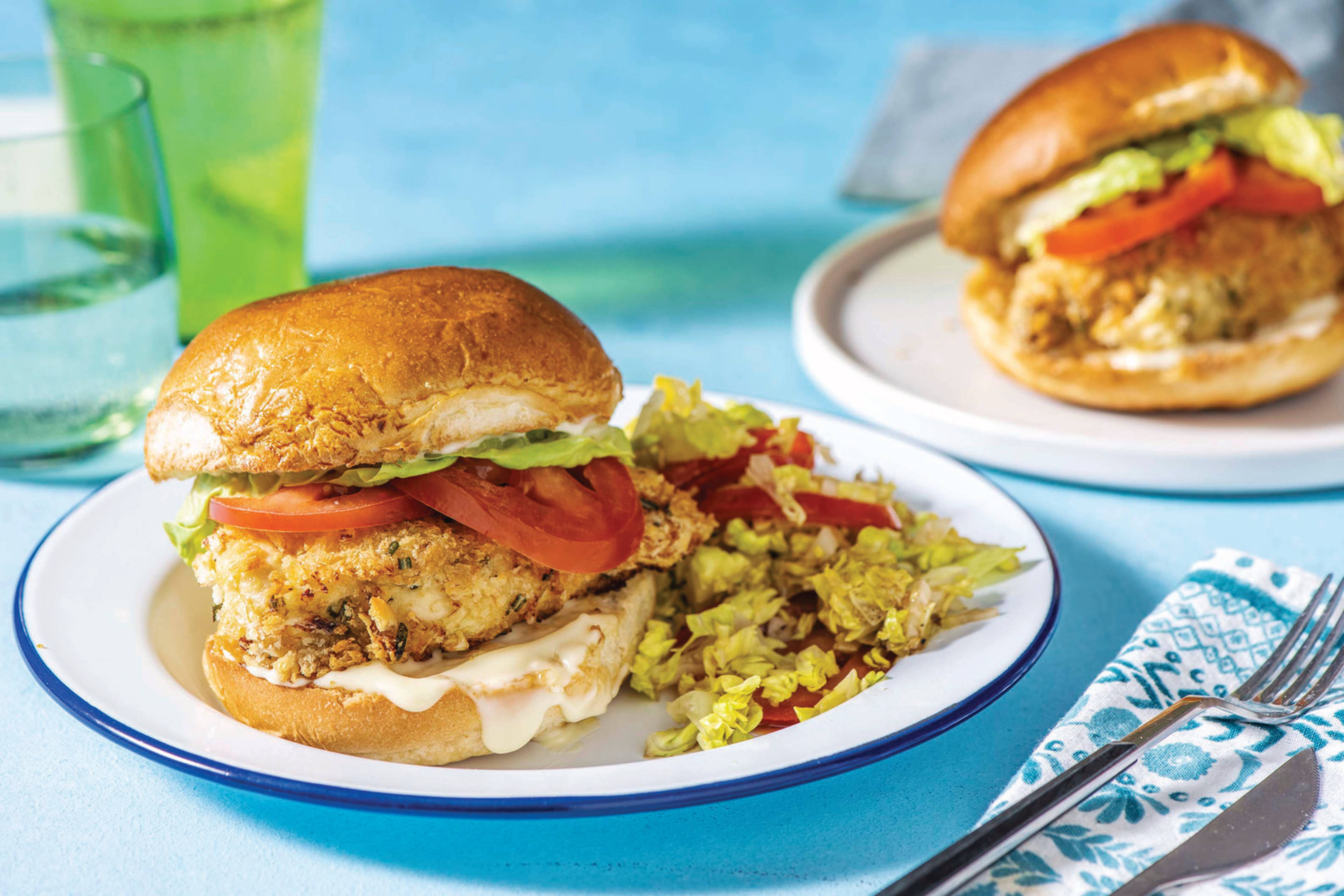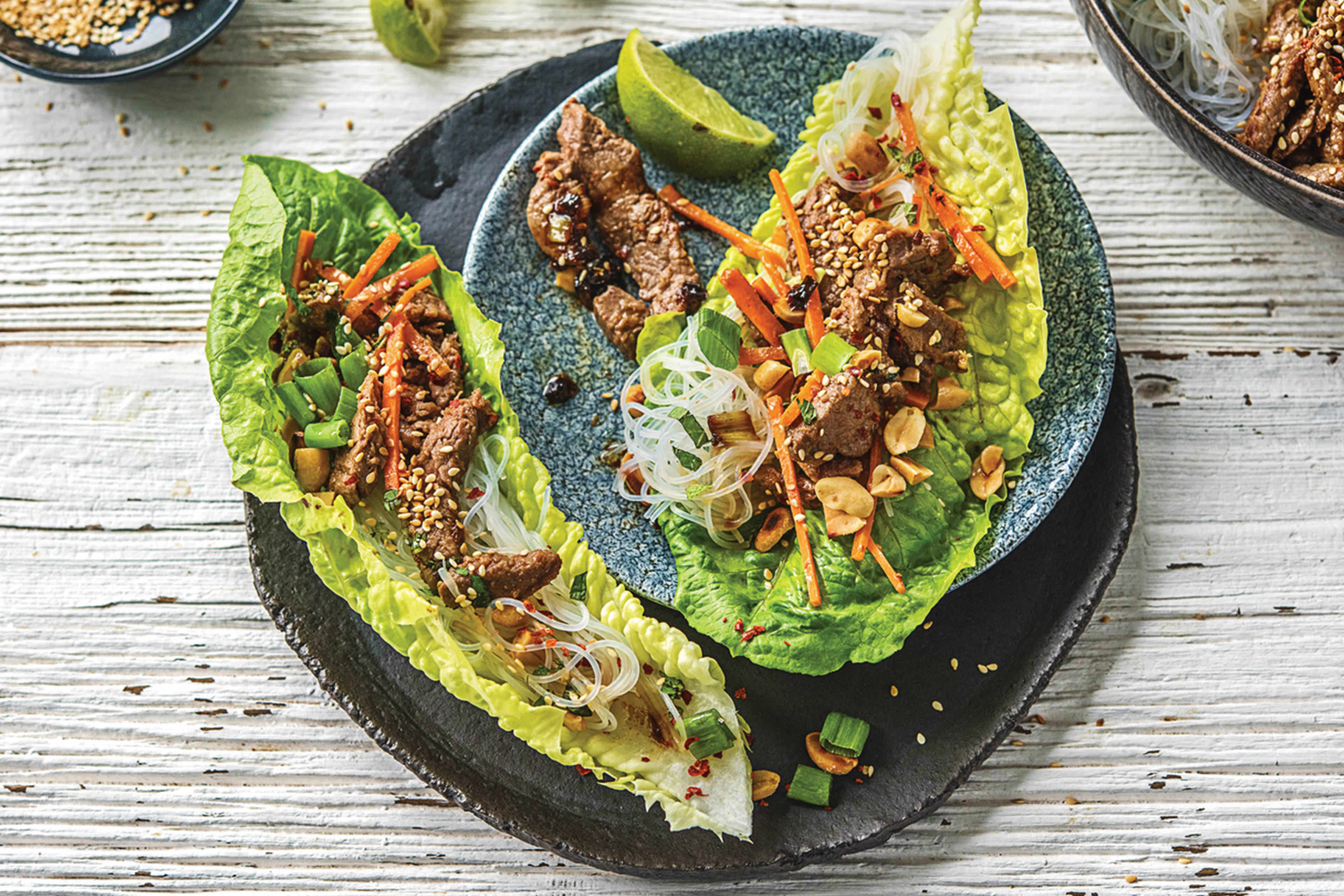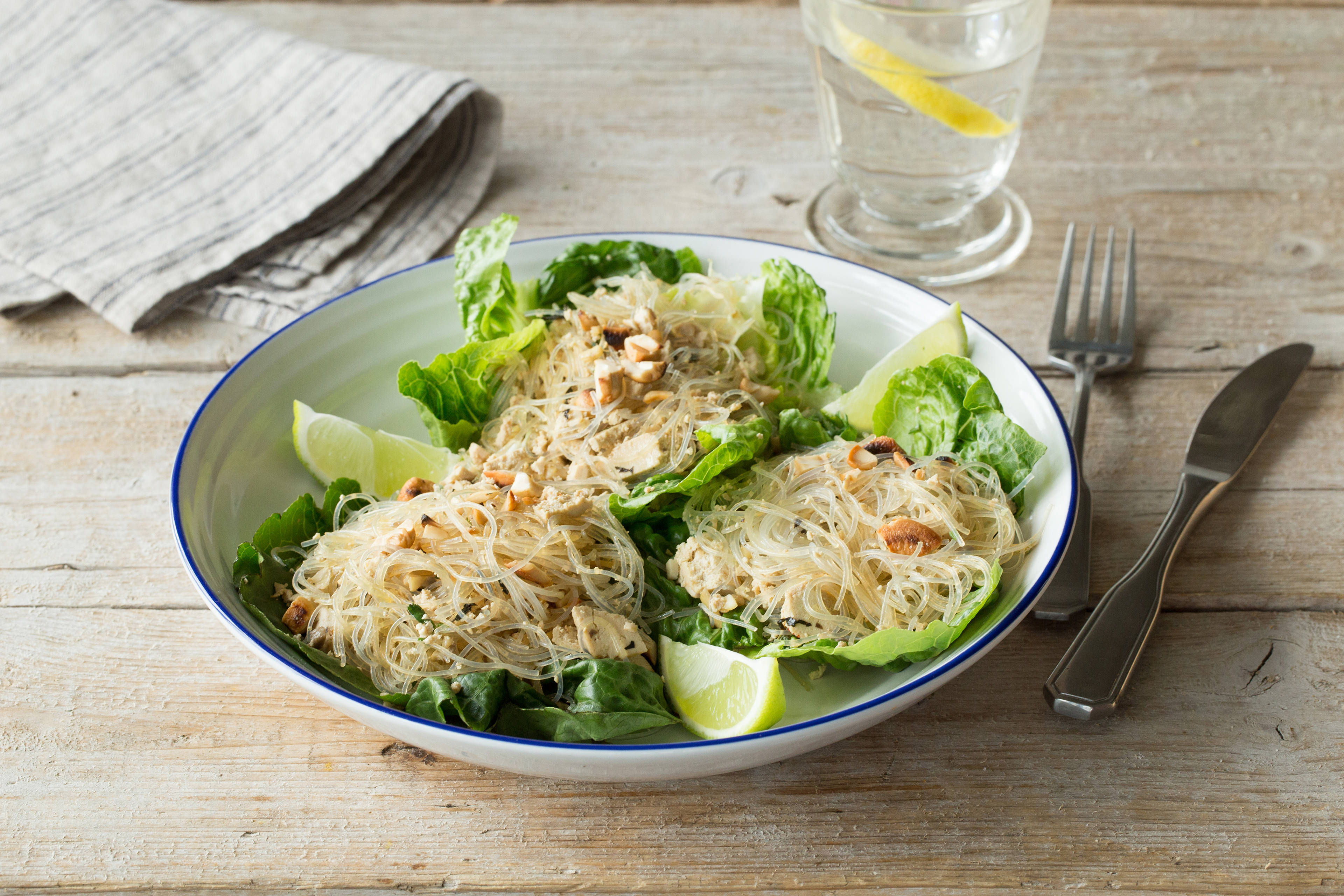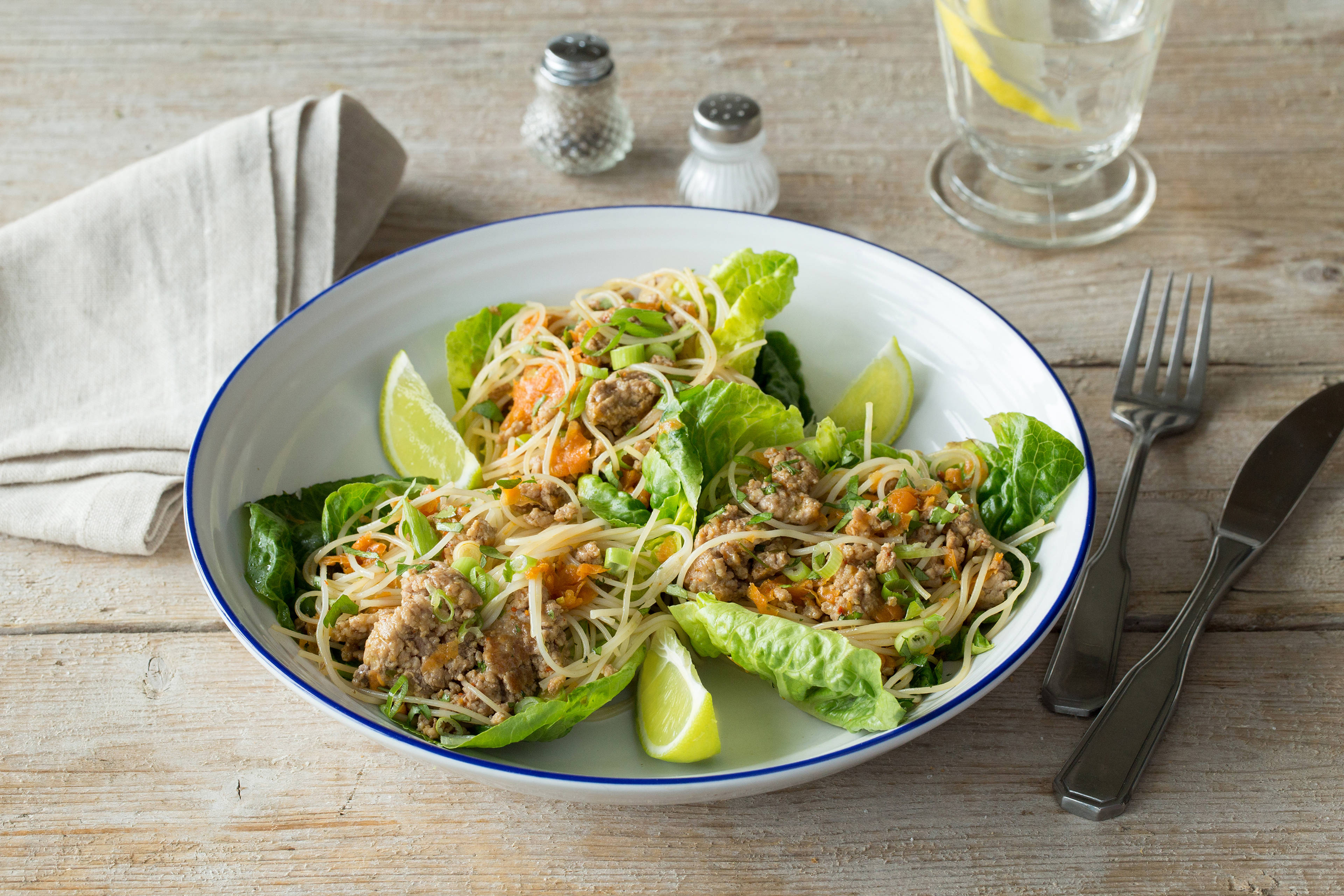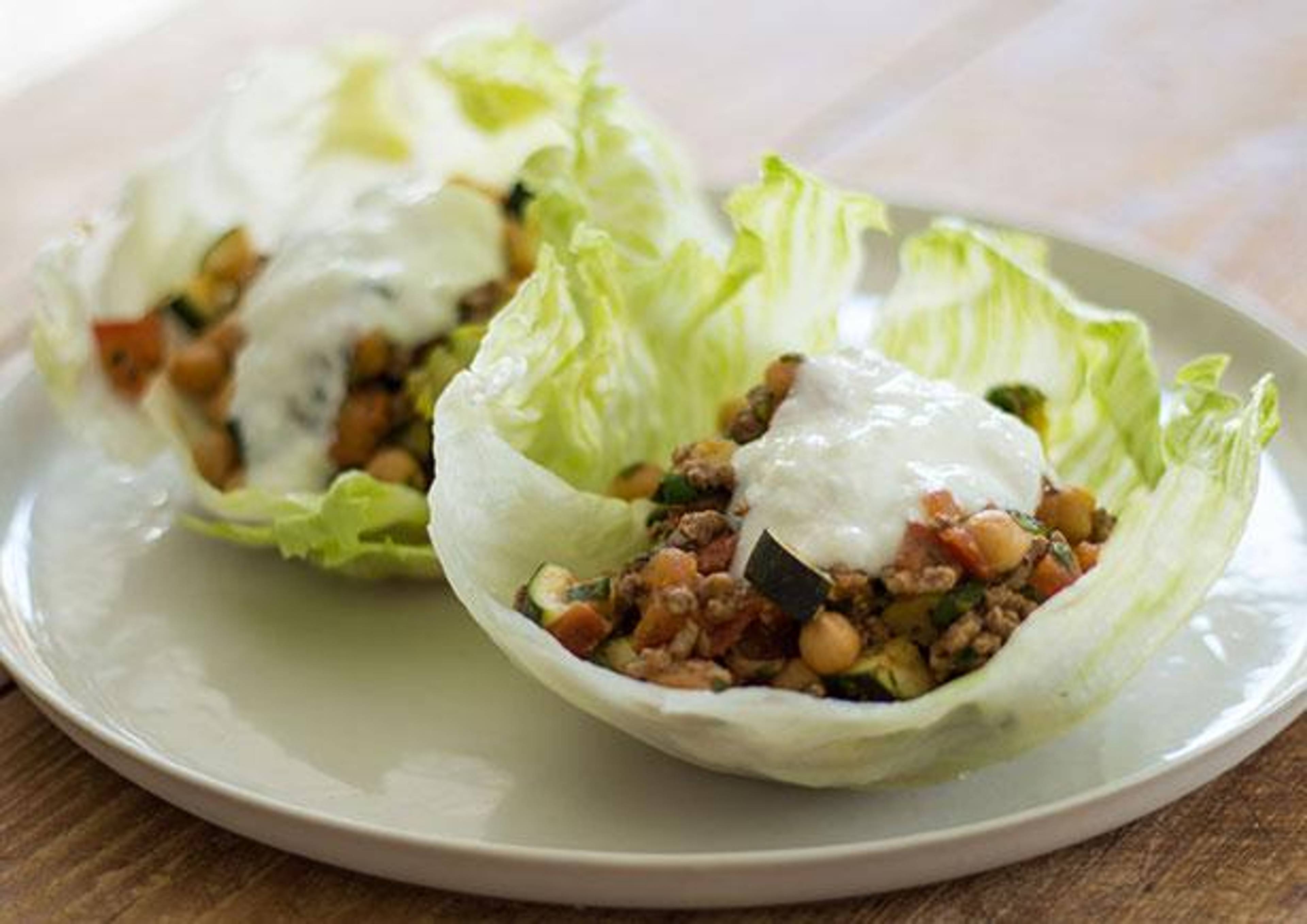Delicious Lettuce Recipes to Try at Home
Lettuce is a versatile ingredient often enjoyed raw in salads, but its delicate flavour makes it suitable for soups or braised as a side dish. Check out our flavour-packed recipes for every occasion.
Lettuce Recipes by HelloFresh
Lettuce Recipes
Are you having a hard time fitting vegetables into your dinners? Here are some lettuce recipes that you and your little ones will actually want to eat.Further Lettuce Recipes
Quick Lettuce Recipes
Do you want to throw together crisp, fresh lettuce salad for a side or prepare fillings for dinner? We’ve got plenty of quick lettuce recipes to try out.Further Quick Lettuce Recipes
Easy Lettuce Recipes
Whether you are braising lettuce or preparing a salad, you can find simple recipes that require minimal cooking skills. Check out our easy lettuce recipe to try at home.Further Easy Lettuce Recipes
Different Ways To Enjoy Lettuce - Other Than Salads!


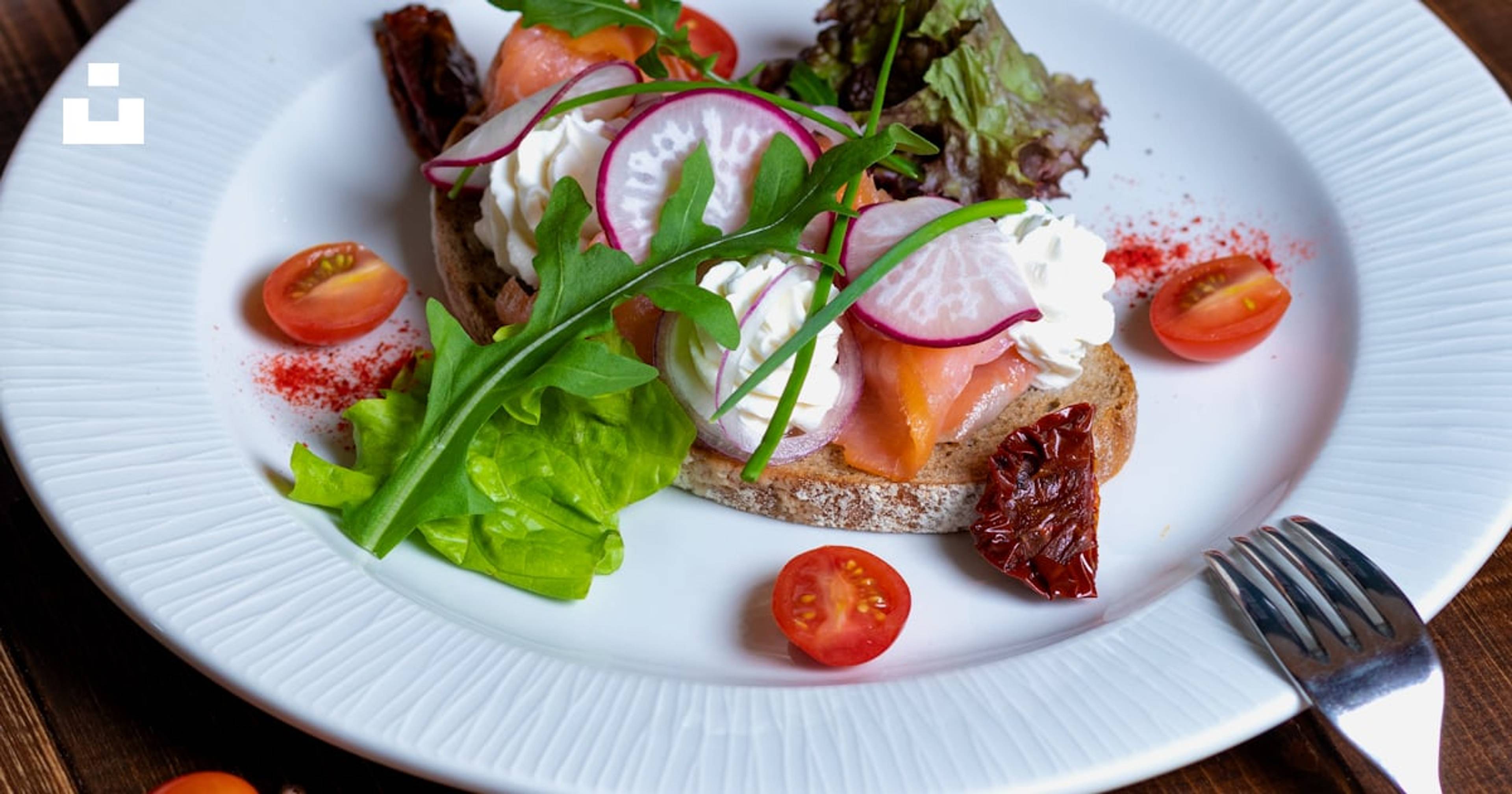
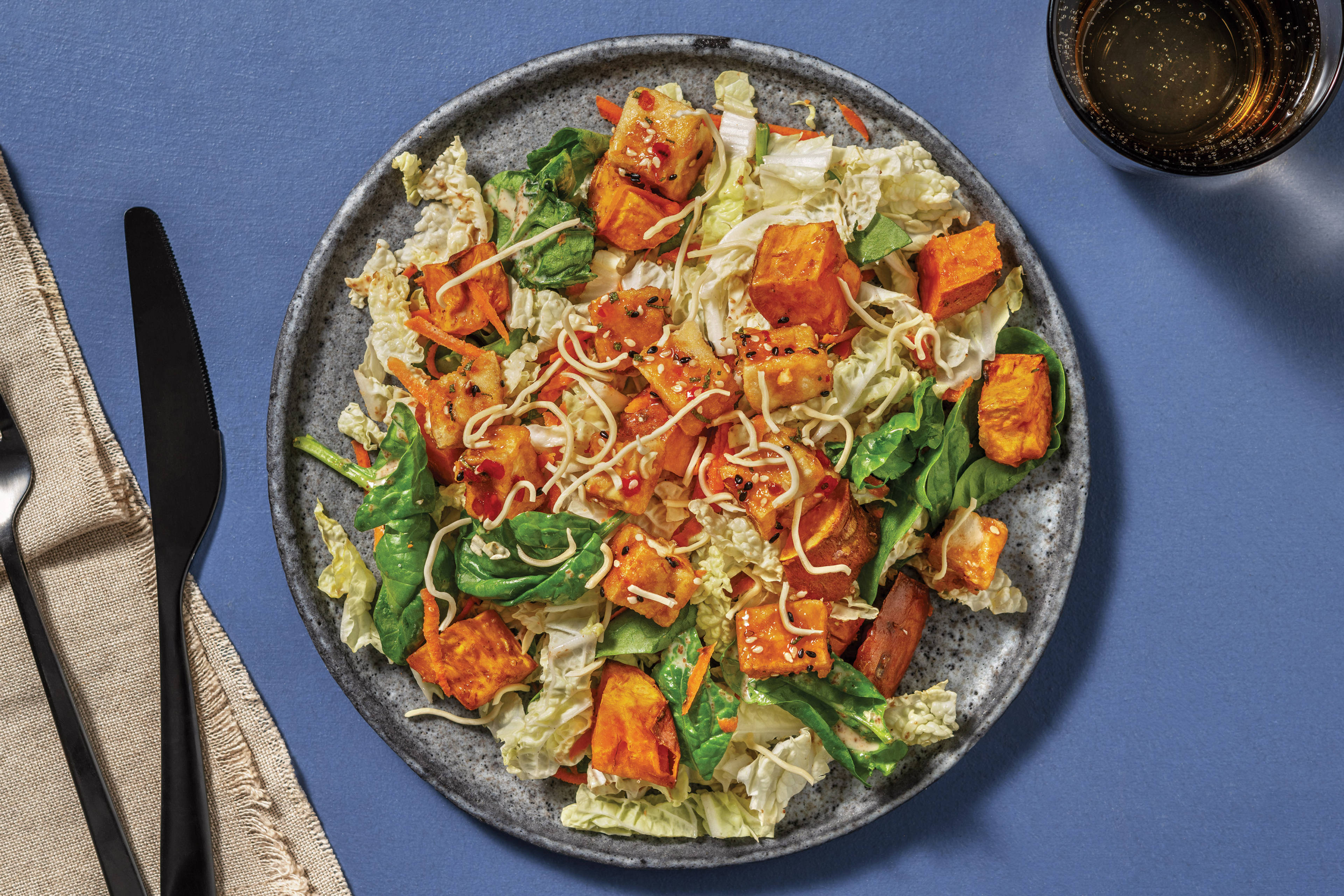
Beyond Salads: Creative Ways to Enjoy Lettuce in Your Diet

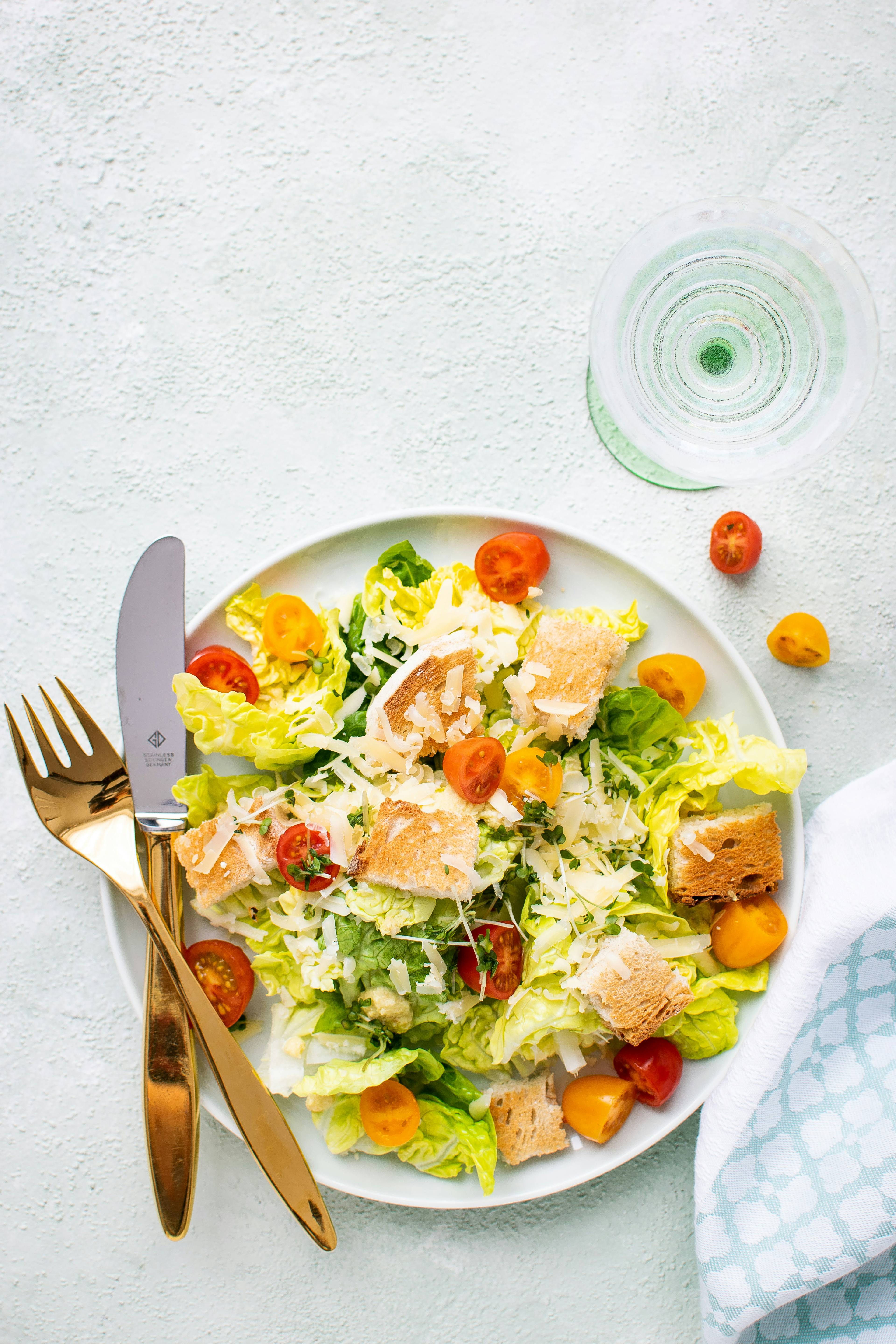
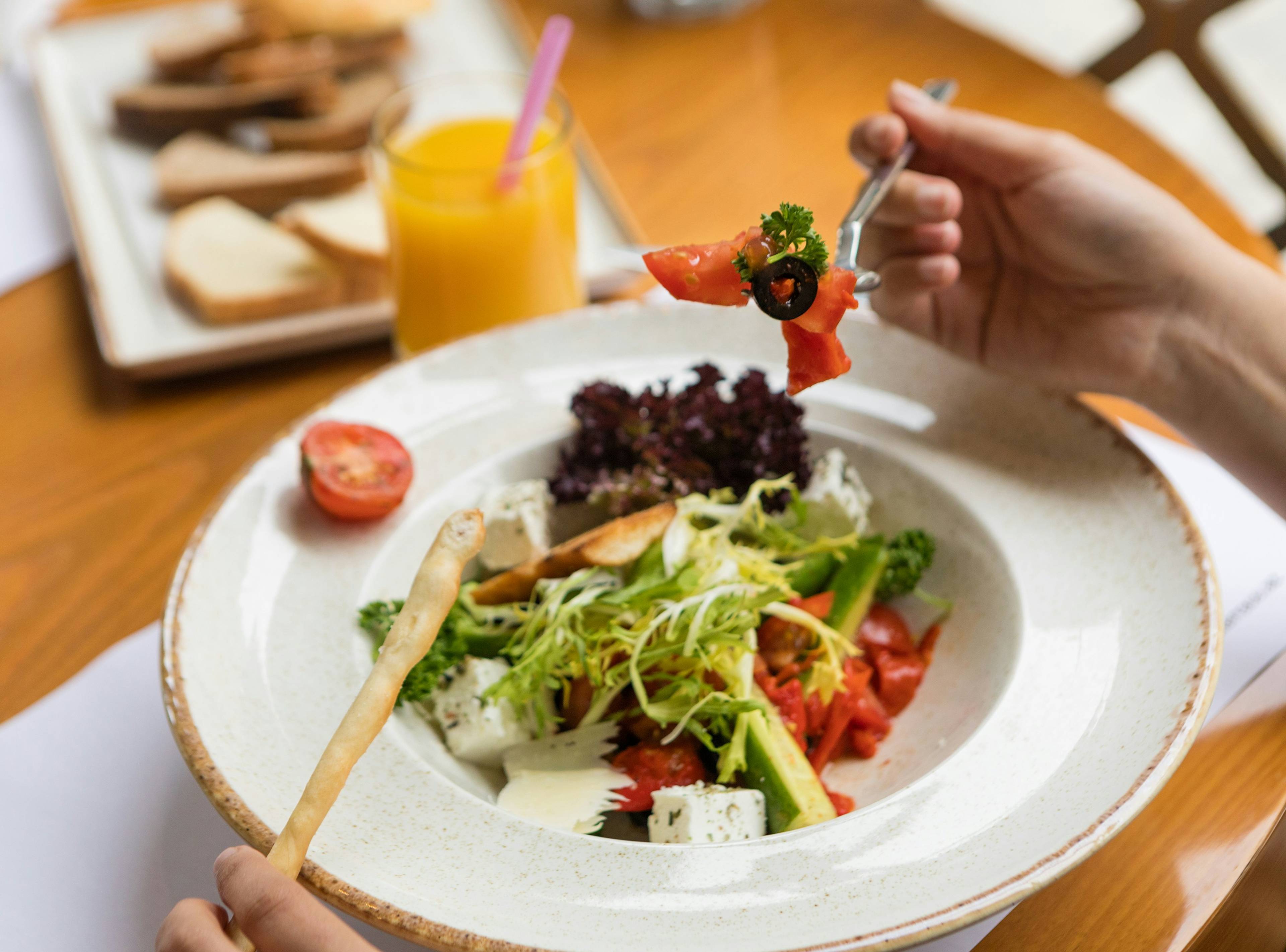
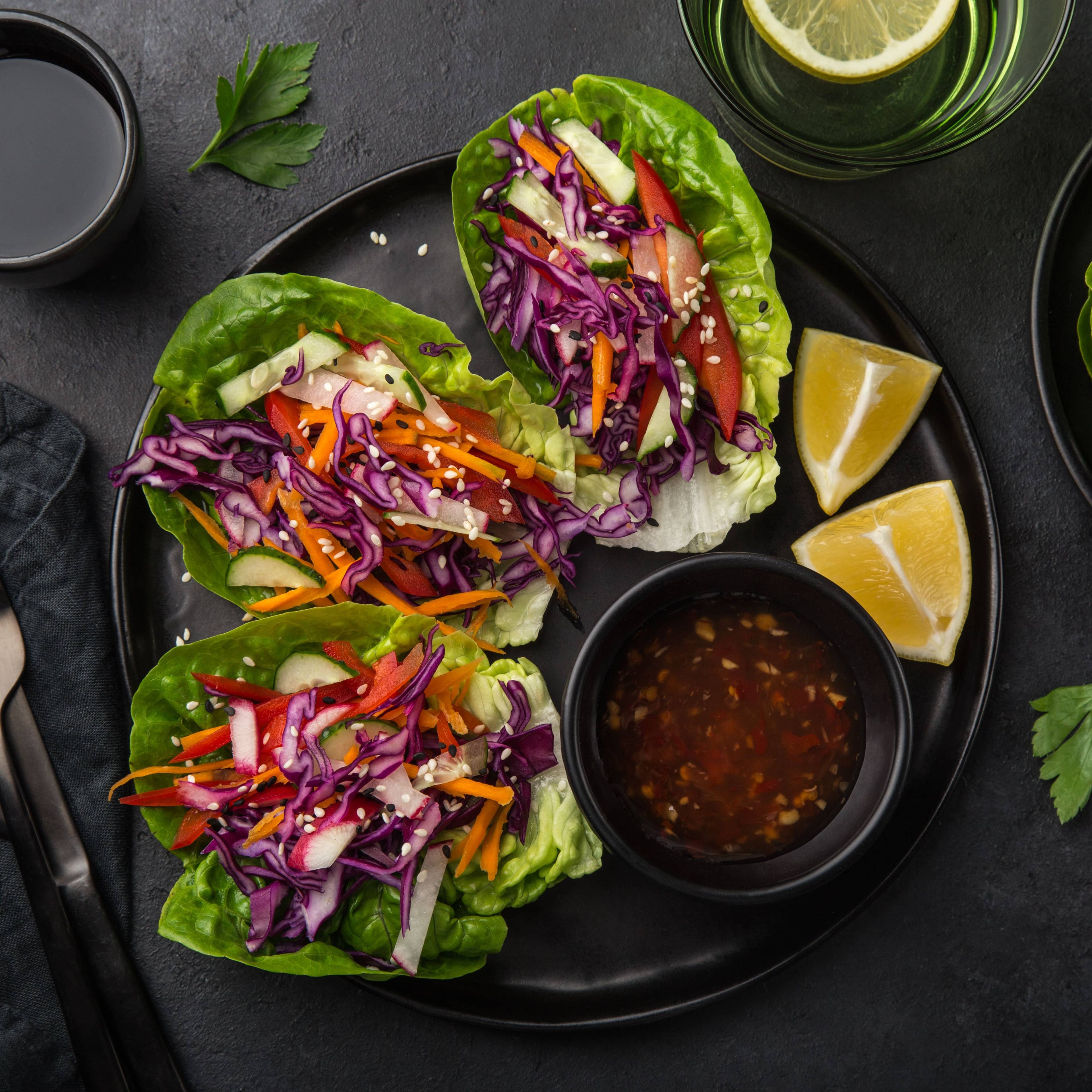
Lettuce Recipes FAQs
What is lettuce?
Lettuce is a leafy vegetable popularly used as a base for salads. It is prized for its delicate flavour and versatility in soups, dipping and crisp salads. Lettuce is also used in burgers, sandwiches or wraps.
What types of lettuce exist?
Lettuce is available in different varieties with different tastes. Romaine lettuce is the most popular lettuce, often enjoyed in Caesar salads and classic wedge salads. Little gem lettuce is a sweeter variety, while butterhead is tender, sweet and peppery.
Which are colourful types of lettuce?
Lettuce comes in colourful varieties, from the vibrant green colour of Romaine lettuce to Batavia lettuce with a green or red tint. Oak leaf lettuce is also available in bright red.
Can you freeze lettuce?
Yes, you can keep your lettuce in a freezer for up to six months. While frozen lettuce is edible, freezing the vegetables makes them lose some of their crunch.
How to store lettuce?
You can store lettuce as whole heads or cut them into smaller pieces. For head lettuce, cut off the stem and remove damaged outer leaves while keeping the head intact. Whether you cut the lettuce or store it whole, pat it dry before sealing it in a plastic bag.
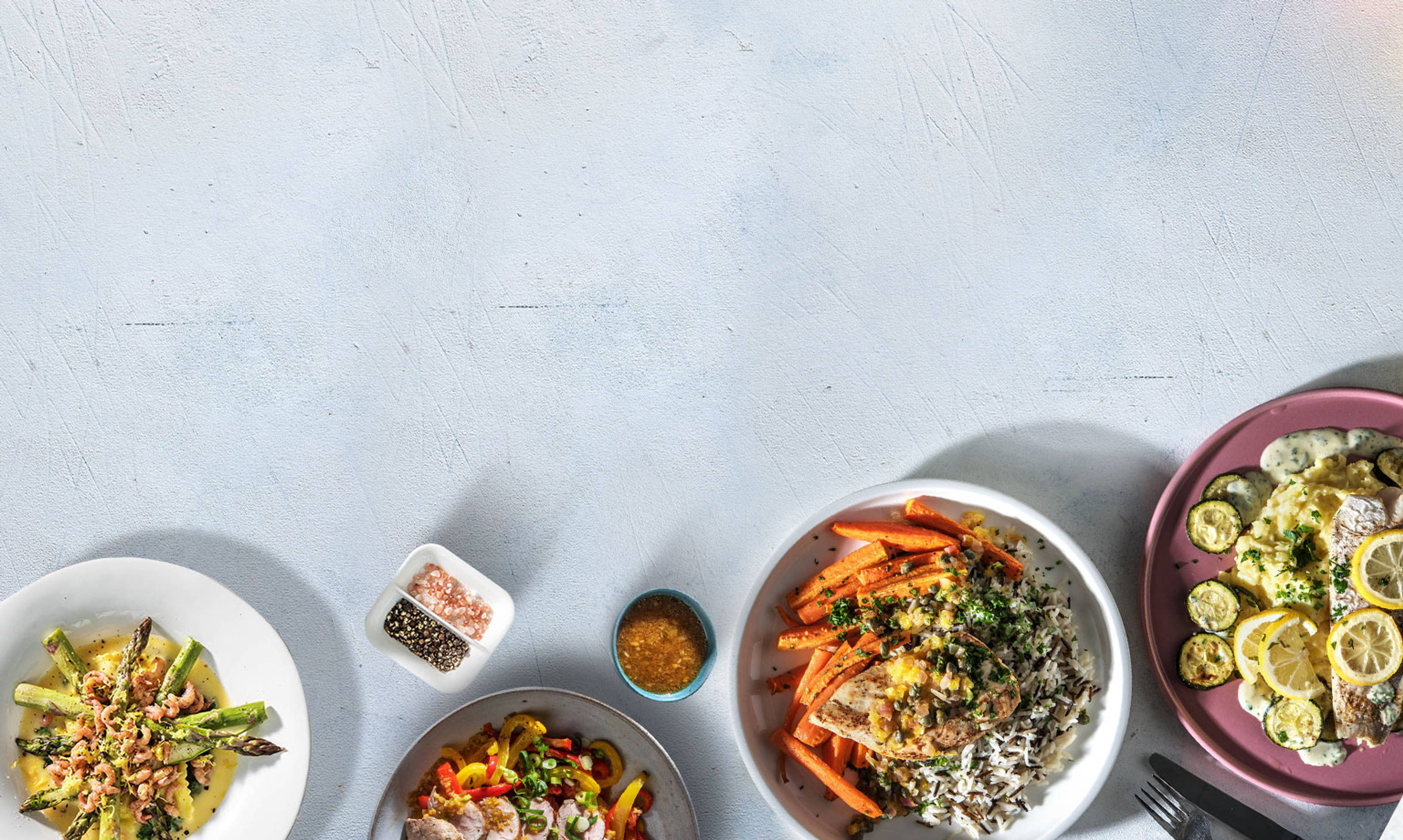


Save money and time on your meals
Get delicious recipes and all ingredients fresh on your doorstep every week!
